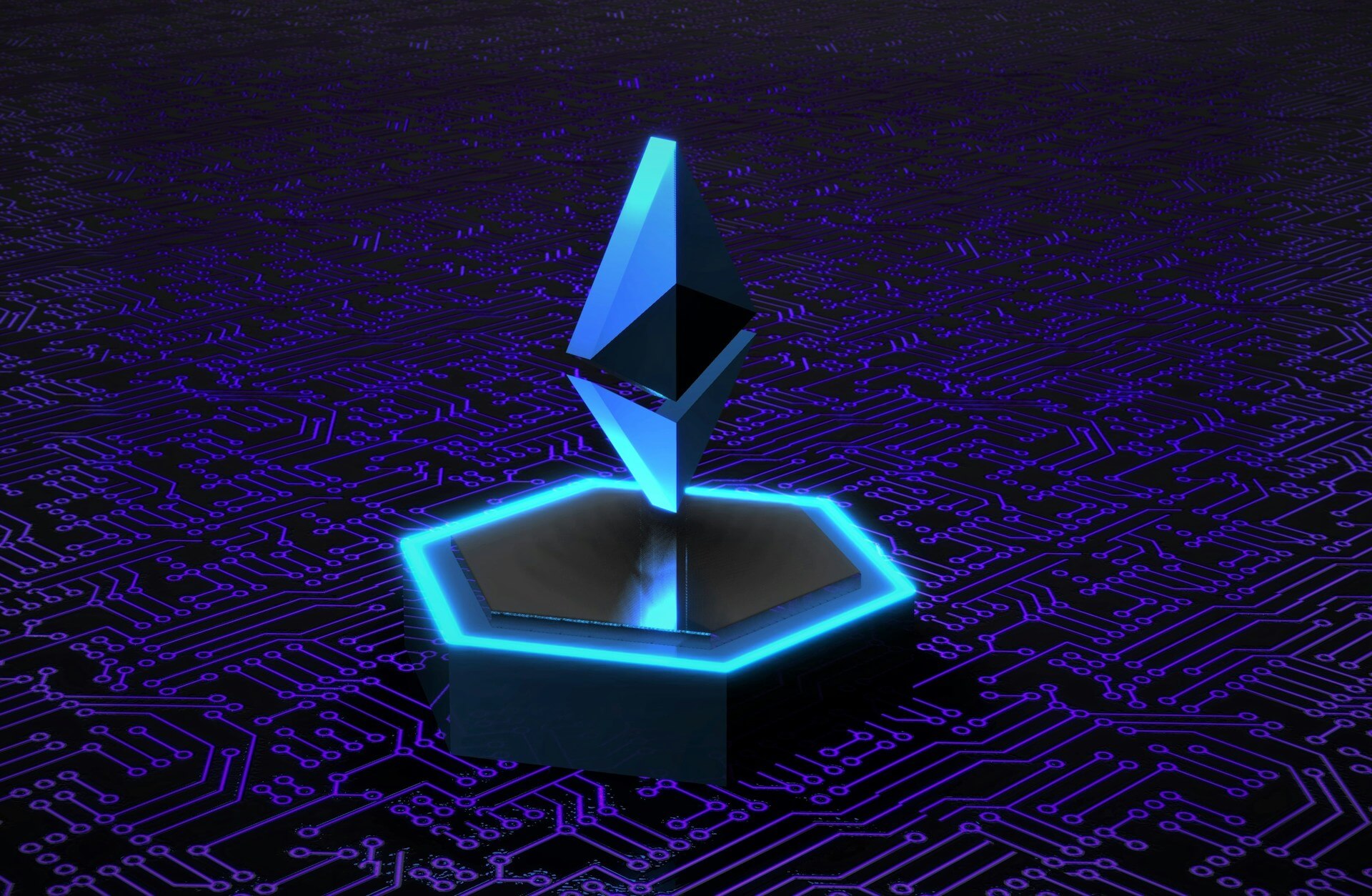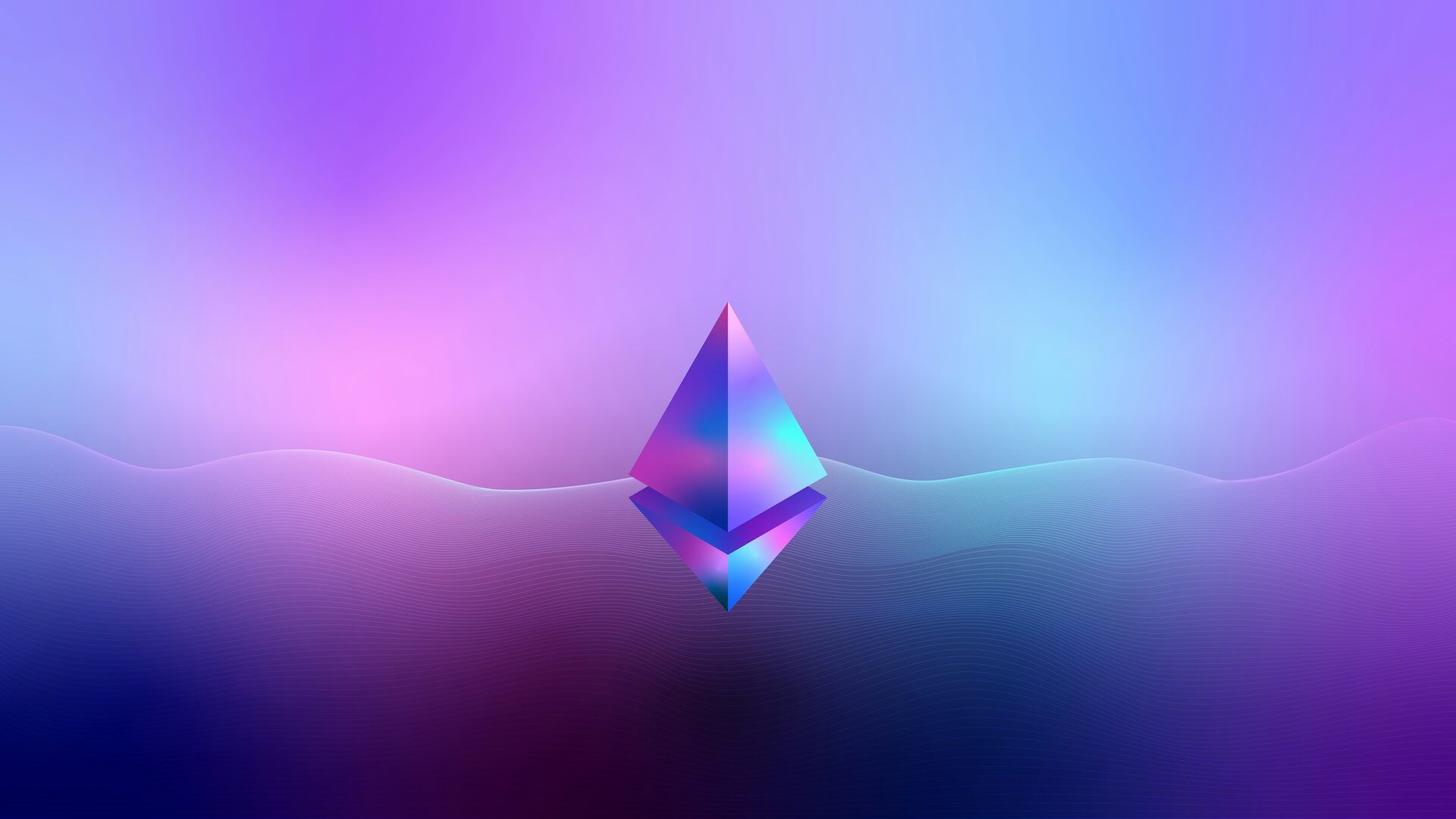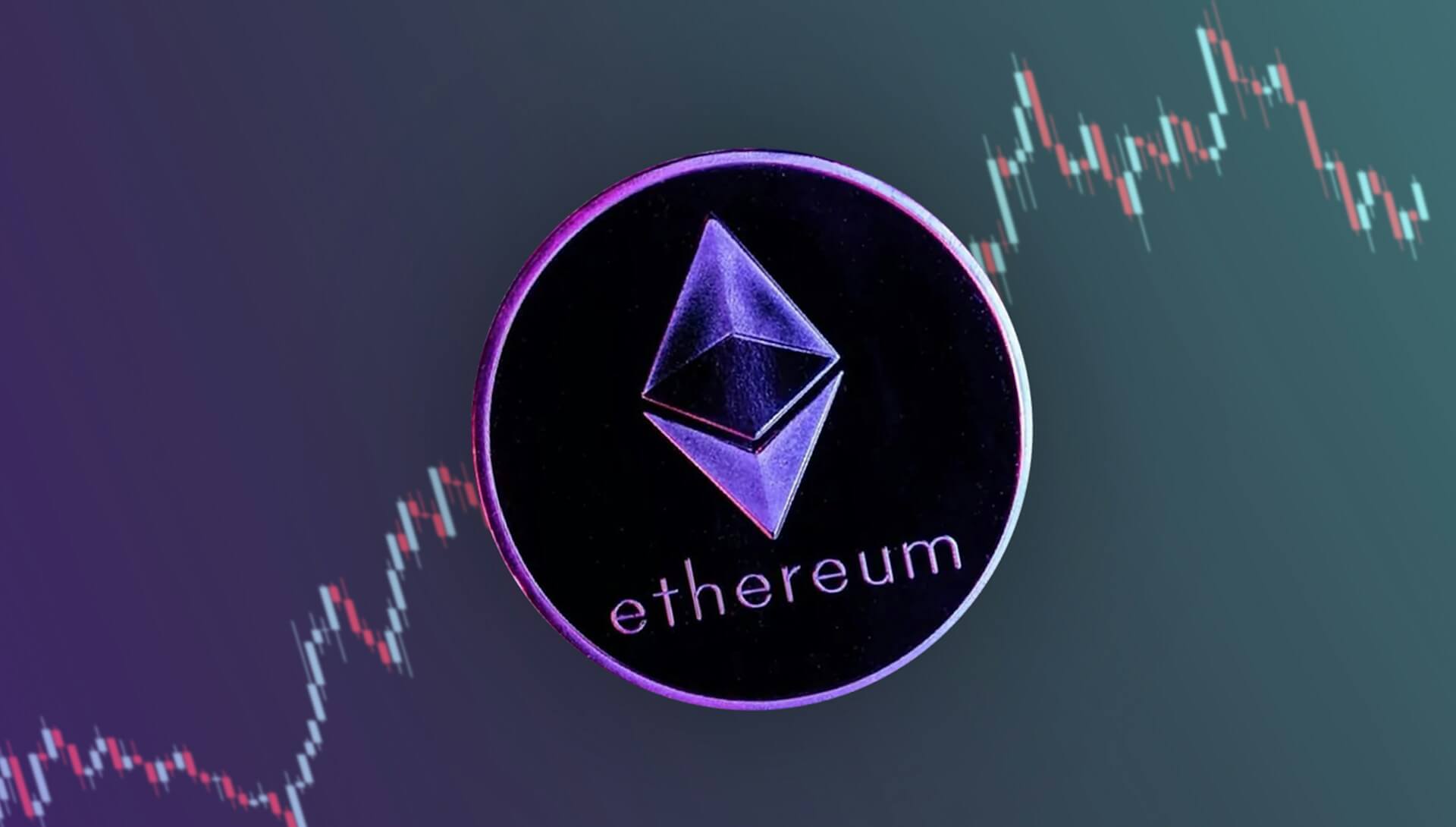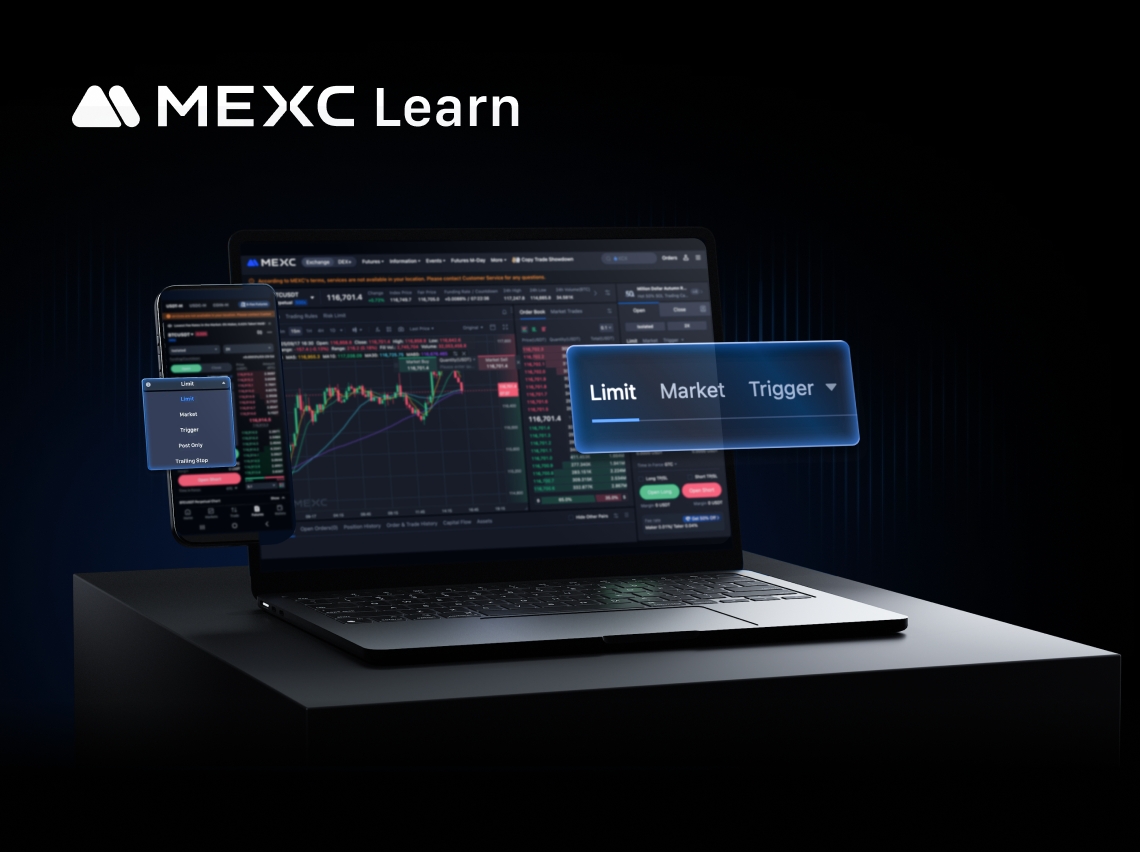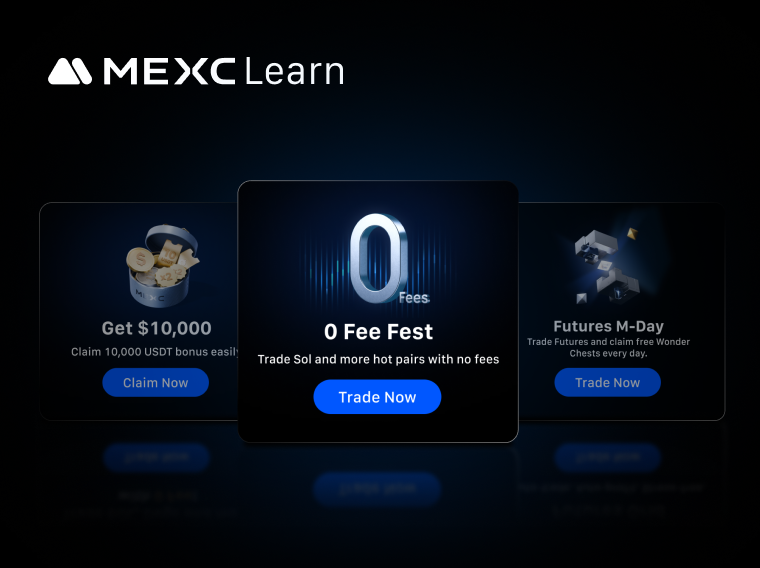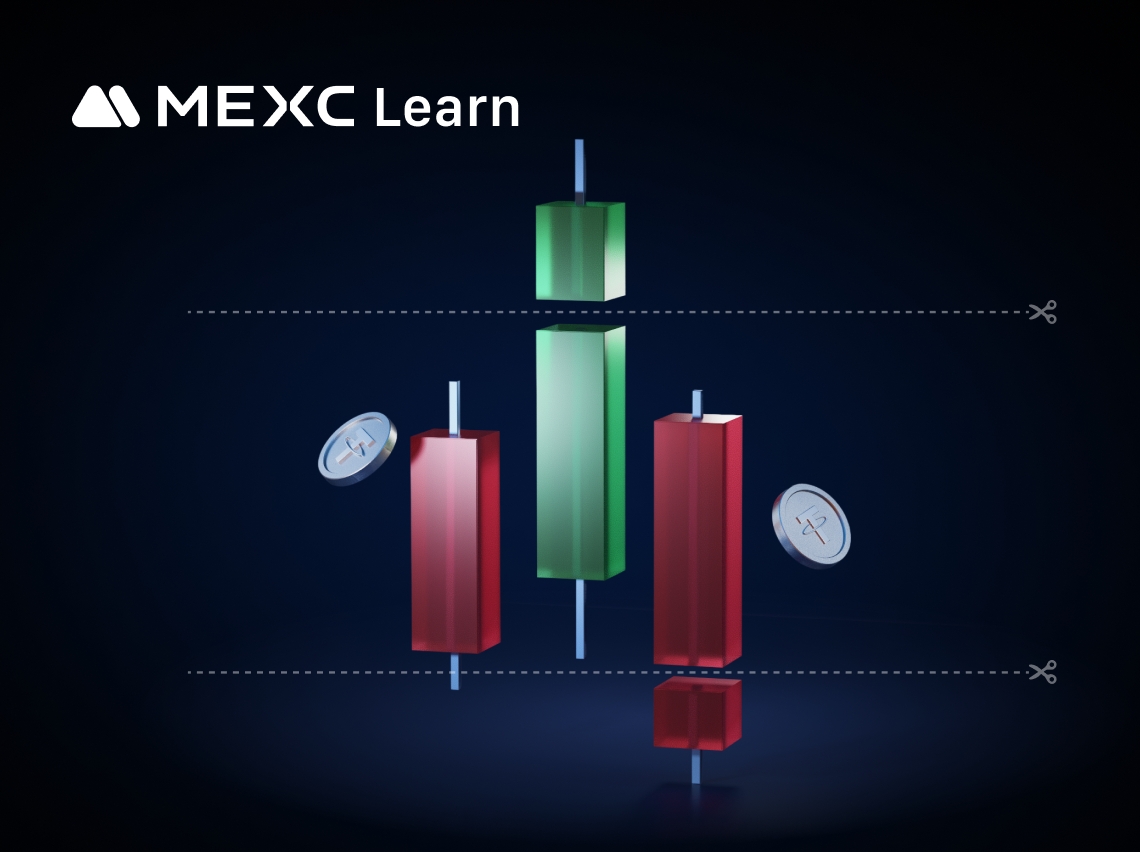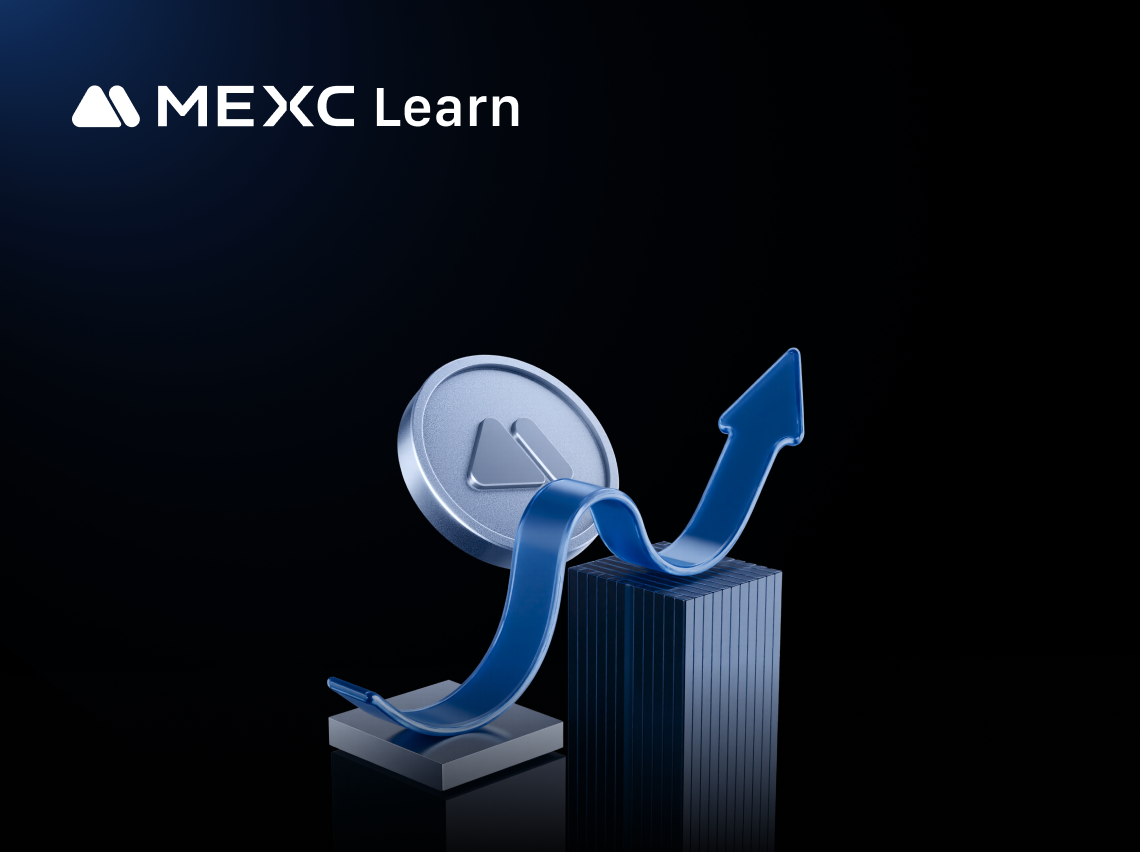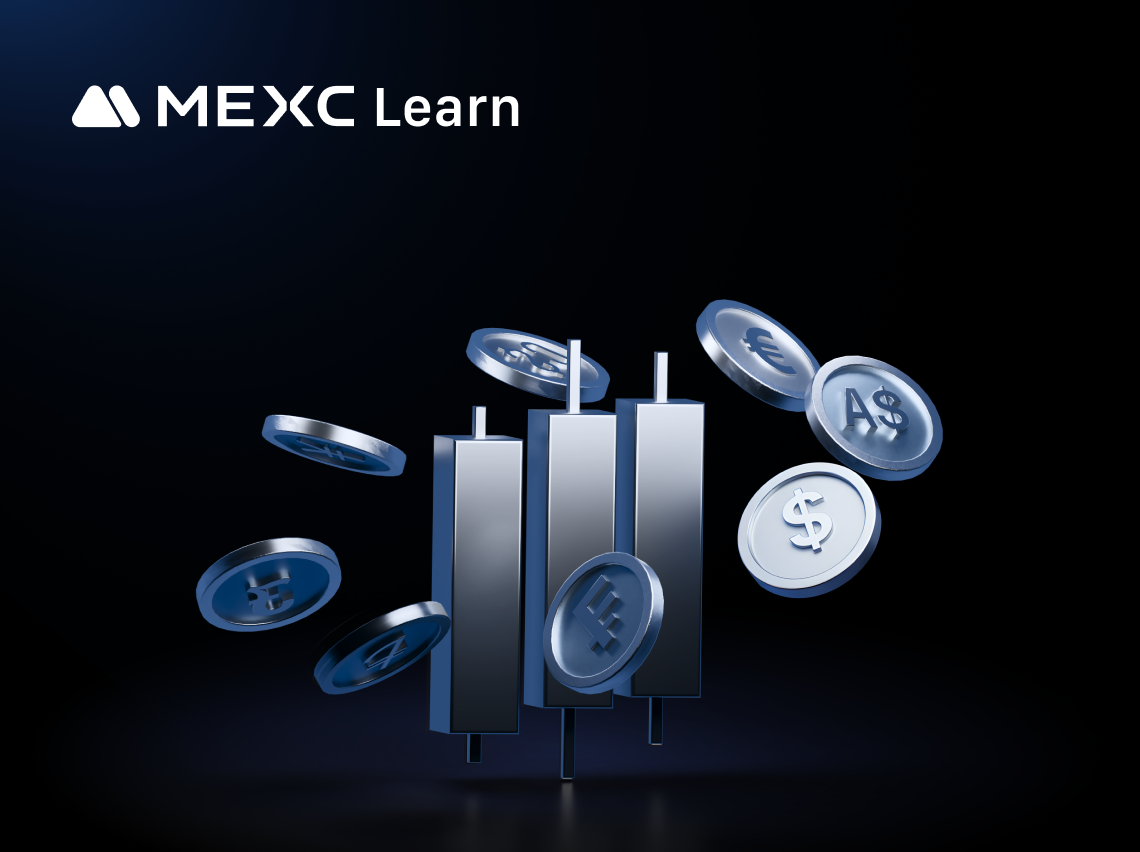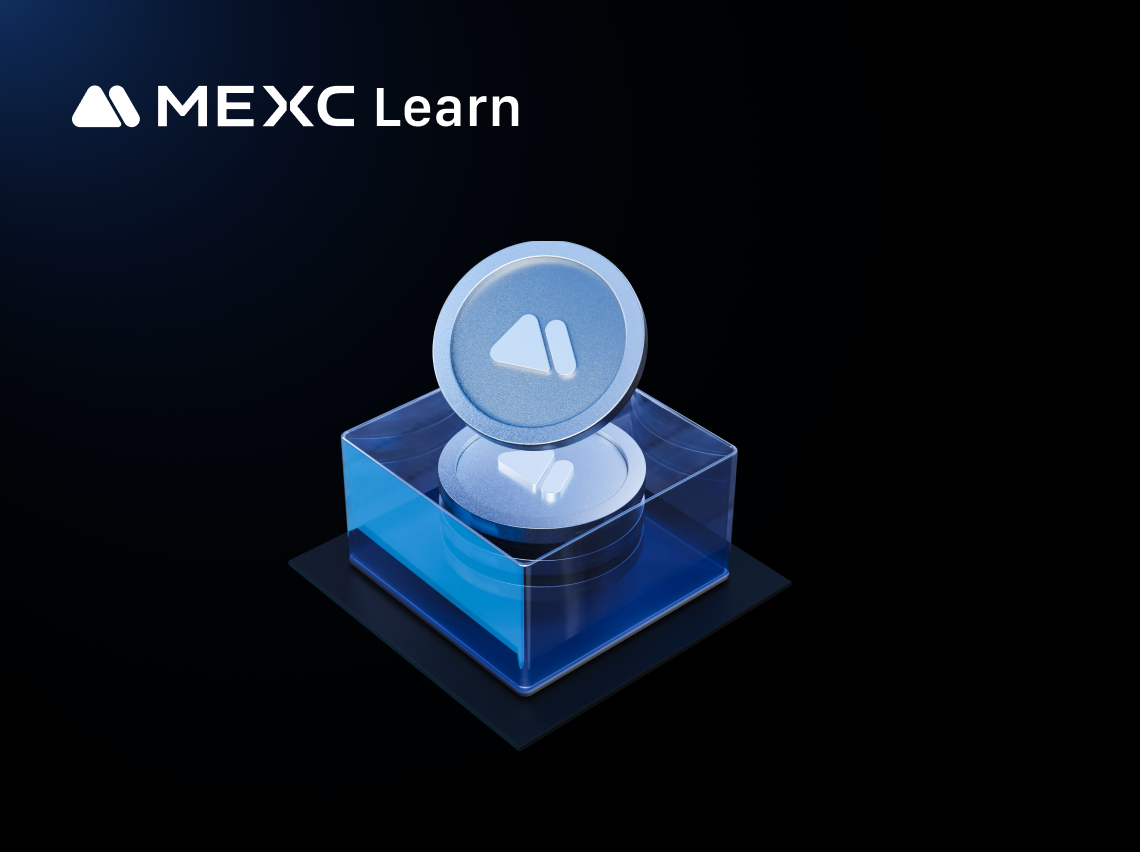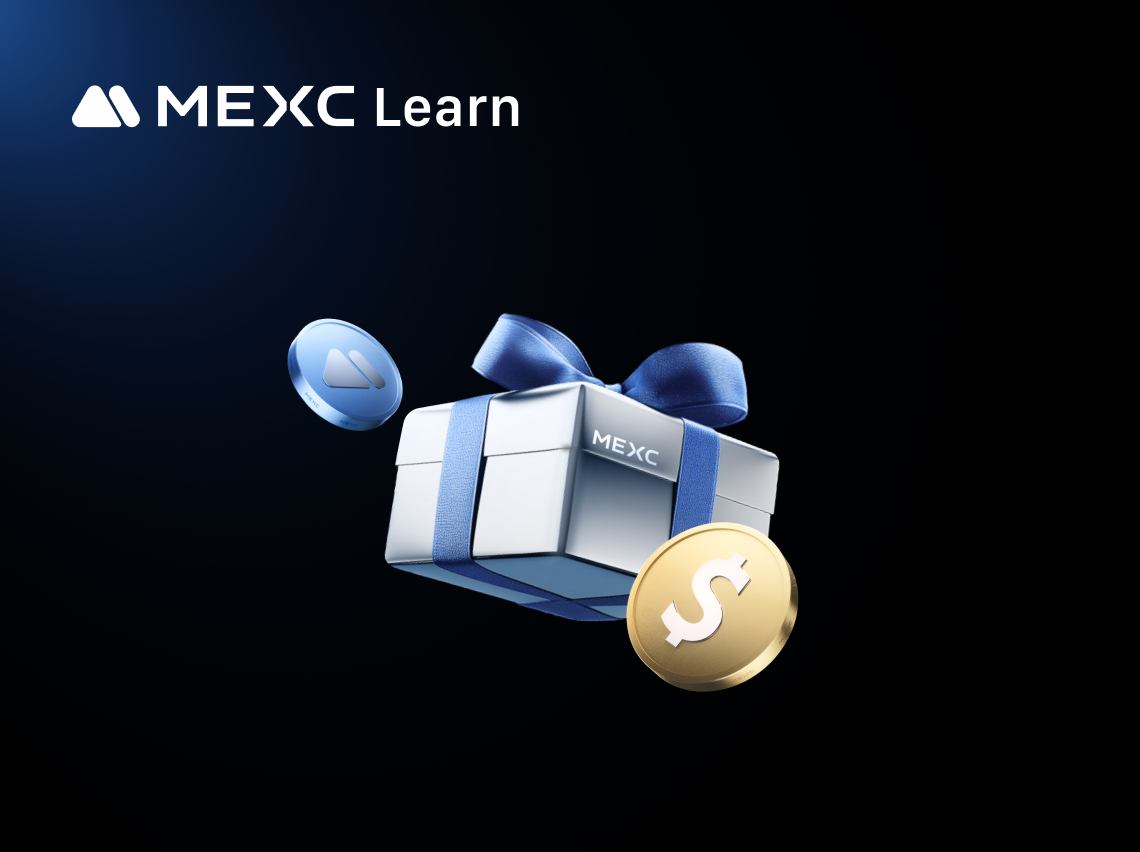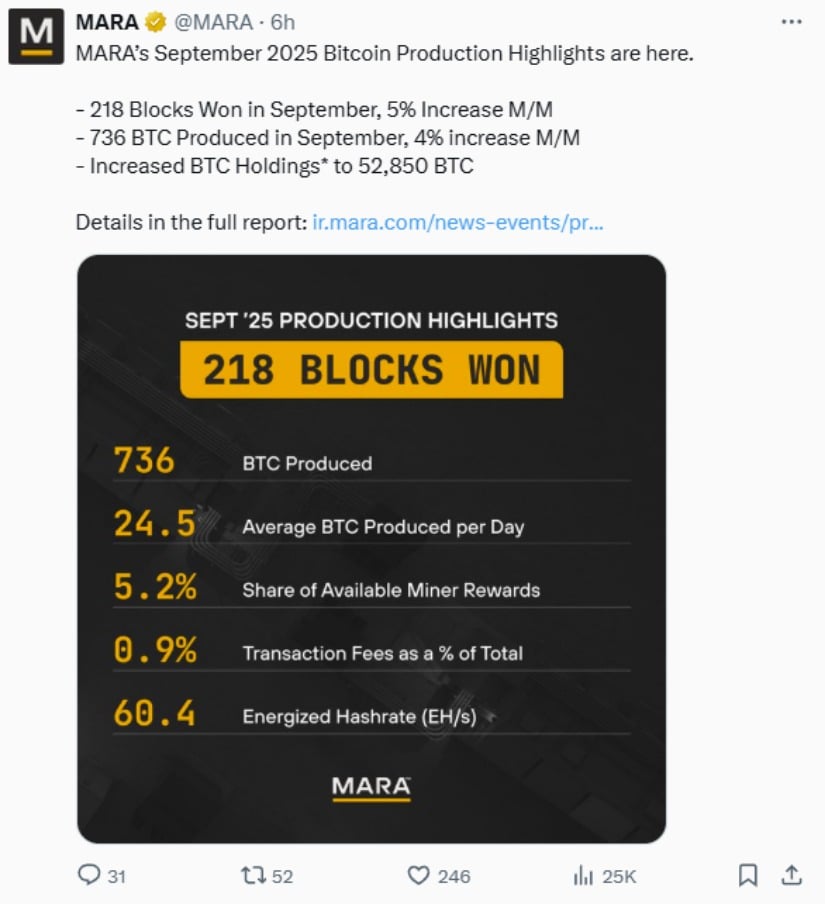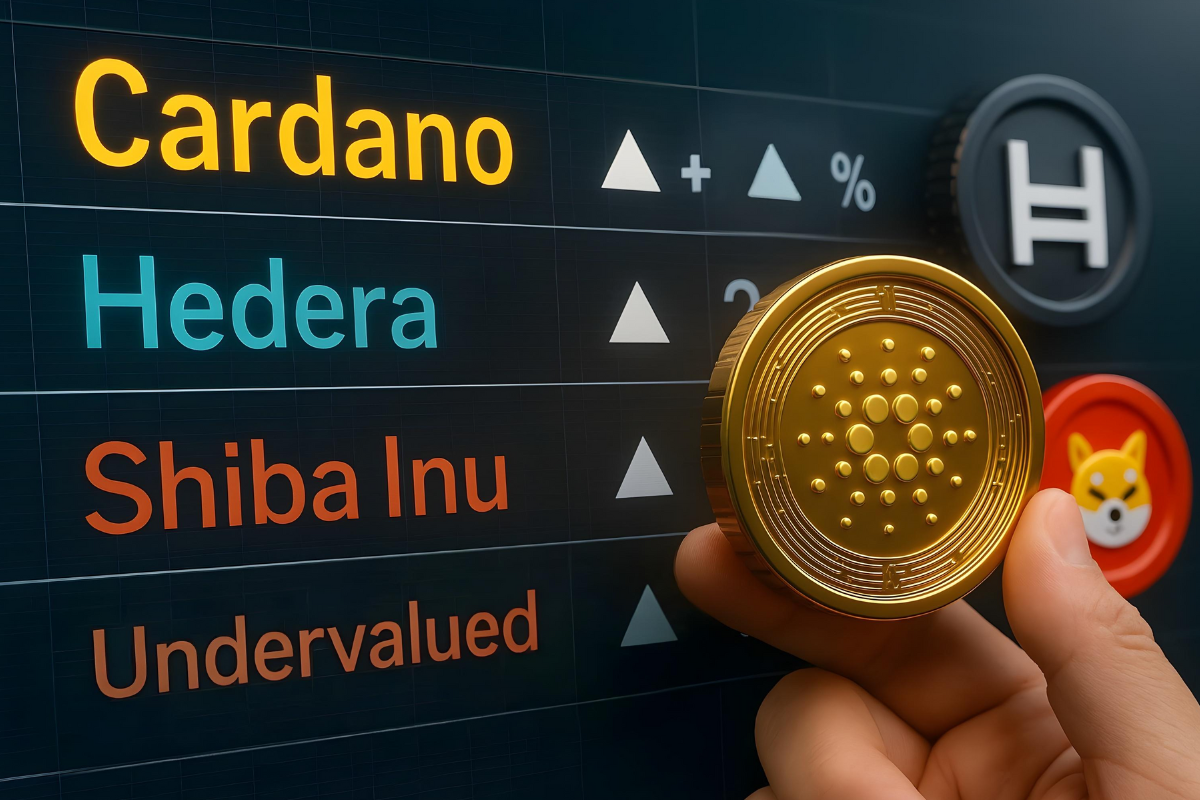The question "Is Ethereum dead?" has been echoing through crypto communities with increasing frequency, especially as competing blockchains like Solana capture headlines and market attention. This comprehensive analysis examines both sides of the heated debate, providing crypto investors with the facts needed to understand Ethereum's current state in 2025. From market performance and technical challenges to ecosystem developments and future prospects, this article cuts through the noise to deliver an objective assessment of whether the "Ethereum is dead" narrative holds water.
Key Takeaways:
Ethereum remains the world's second-largest cryptocurrency by market capitalization despite facing significant competitive pressure from faster, cheaper blockchain networks.
Layer 2 solutions create value extraction concerns, but they also demonstrate the ecosystem's commitment to scaling while maintaining security and decentralization.
The network hosts approximately 63% of all DeFi activity and maintains over 1 million validators, indicating strong fundamental adoption and security.
Recent SEC approval of spot Ethereum ETFs marks significant institutional acceptance, potentially driving new investment flows into the ecosystem.
Technical challenges including high gas fees and scalability limitations persist, but ongoing upgrades through 2025 promise meaningful improvements.
The "Ethereum is dead" narrative reflects legitimate concerns but overlooks the network's established developer community, institutional relationships, and first-mover advantages in smart contract platforms.
No, Ethereum is not dead in 2025. Despite facing significant challenges and fierce competition, Ethereum maintains its position as the world's second-largest cryptocurrency by market capitalization, continues to host the majority of decentralized finance activity, and remains the preferred platform for most blockchain developers. While the network faces real issues including high gas fees and Layer 2 fragmentation, declaring Ethereum dead would be premature given its ongoing technical development, institutional adoption, and ecosystem resilience. The "Ethereum is dead" narrative often resurfaces during market downturns or when competitors gain momentum, but historical data shows Ethereum has weathered similar storms multiple times. Current metrics including developer activity, total value locked in DeFi protocols, and network upgrades suggest a blockchain that continues evolving rather than dying.
The primary fuel for "eth is dead" claims comes from Ethereum's underwhelming price performance compared to Bitcoin and newer altcoins. The ETH/BTC ratio has declined significantly throughout 2024, reaching its lowest level in nearly five years. While Bitcoin achieved strong performance and new all-time highs, ETH has struggled to maintain momentum, leading frustrated investors to question whether Ethereum has lost its competitive edge.
This price stagnation becomes particularly painful for long-term holders who expected ETH to mirror Bitcoin's trajectory. When digital assets with smaller ecosystems deliver superior returns, it naturally raises questions about Ethereum's fundamental value proposition and whether the network is failing to capture the value it creates.
Critics argue that Layer 2 solutions are essentially performing a "vampire attack" on Ethereum's mainnet by siphoning away transaction fees and user activity. Networks like Arbitrum, Optimism, and Base process the majority of daily transactions while contributing minimal fees back to Ethereum's base layer. This creates a situation where Ethereum provides security and settlement but captures relatively little economic value from the activity it enables.
The problem intensifies when considering that many Layer 2 tokens have their own native cryptocurrencies, creating additional layers of value extraction away from ETH. Users interact primarily with L2 ecosystems, often forgetting they're technically using Ethereum infrastructure, which dilutes brand recognition and direct value accrual to the main network.
Despite years of promises about scalability improvements, Ethereum's mainnet still suffers from high gas fees during periods of network congestion. Average transaction costs can spike dramatically when DeFi protocols experience high activity or when new NFT projects launch, making the network prohibitively expensive for smaller users and routine transactions.
This scalability bottleneck has pushed users toward faster, cheaper alternatives like Solana, which can process thousands of transactions per second at a fraction of Ethereum's cost. The persistent fee problem undermines Ethereum's vision of becoming a global settlement layer accessible to everyone, instead creating a network primarily useful for high-value transactions and institutional activity.
Solana's remarkable growth throughout this market cycle exemplifies how newer blockchain networks are capturing market share from Ethereum. Solana hosts the majority of new meme coin launches, processes significantly more daily transactions, and offers substantially lower fees while maintaining reasonable decentralization. This success story demonstrates that users will migrate to superior technology when given viable alternatives.
Beyond Solana, other competitors like Sui, Aptos, and various Layer 1 networks continue launching with improved architectures designed to address Ethereum's known limitations. These platforms often start with higher base throughput, more efficient consensus mechanisms, and modern development frameworks that attract both users and developers away from Ethereum's aging infrastructure.
Despite price volatility, Ethereum maintains significant market capitalization as the world's second-largest cryptocurrency, cementing its position as the second-largest cryptocurrency globally. This massive valuation reflects continued investor confidence and institutional interest, particularly following the approval of spot Ethereum ETFs that brought mainstream investment access to traditional markets. Daily trading volume across major exchanges demonstrates sustained liquidity and market interest. The network processes billions of dollars in value transfer daily, indicating real economic activity rather than speculative trading alone. These metrics suggest a mature, established network with deep market penetration rather than a dying protocol.
Ethereum continues hosting the largest developer community in the blockchain space, with thousands of active contributors working on core protocol improvements, applications, and infrastructure projects. The network supports over 1,200 projects spanning DeFi, NFTs, gaming, and various enterprise use cases, representing a vibrant ecosystem that continues expanding.
Recent data shows that 56% of Ethereum ecosystem developers now work on Layer 2 solutions, indicating healthy growth in scaling infrastructure. This developer migration to L2s, rather than to competing blockchains, suggests the Ethereum ecosystem remains attractive for builders despite mainnet limitations.
Ethereum hosts approximately 63% of all decentralized finance activity, with billions of dollars locked in various DeFi protocols. This represents nearly two-thirds of the entire DeFi ecosystem, demonstrating Ethereum's continued relevance as the primary platform for financial innovation in cryptocurrency.
The TVL metric reflects actual capital deployment by sophisticated investors and institutions who choose Ethereum-based protocols for lending, borrowing, trading, and yield generation. This substantial capital commitment indicates confidence in Ethereum's security, reliability, and long-term viability from participants with significant financial stakes in the ecosystem's success.
The approval and launch of spot Ethereum ETFs marked a significant milestone for institutional adoption, enabling traditional investors to gain ETH exposure through familiar investment vehicles. BlackRock and other major asset managers filed for these products, signaling institutional confidence in Ethereum's long-term prospects.
Corporate adoption continues expanding as enterprises explore blockchain integration for supply chain management, digital identity, and financial services. Major companies are building on Ethereum infrastructure, leveraging its established security model and developer ecosystem for mission-critical applications that require proven reliability.
Ethereum's technical development continues advancing through planned upgrades including Pectra, Fusaka, and eventual full sharding implementation. These improvements target gas fee reduction, increased throughput, and enhanced user experience while maintaining decentralization principles. However, the pace of development remains slower than initially projected, with some promised features taking years to deliver.
The Ethereum Foundation has acknowledged community concerns about price performance and ecosystem direction, implementing changes in leadership and strategy to address criticism. Recent initiatives include more aggressive treasury management, increased engagement with projects building consumer-facing applications, and renewed focus on supporting activities that drive ETH demand. Community sentiment reflects mixed feelings about Ethereum's direction, with core developers traditionally resistant to meme coin culture while users increasingly demand faster, cheaper transactions. This tension between maintaining decentralized principles and competing with more centralized but efficient networks creates ongoing strategic challenges.
Ethereum benefits from substantial first-mover advantages including network effects, established partnerships, and deep institutional relationships that newer competitors lack. The platform hosts the most mature DeFi ecosystem, with battle-tested protocols managing billions in assets and providing sophisticated financial services unavailable on other networks.
Security remains Ethereum's primary competitive advantage, with over 1 million validators securing the network compared to much smaller validator sets on competing platforms. This decentralization provides censorship resistance and reliability that many enterprises and financial institutions require for serious applications.
Evaluating Ethereum as an investment requires considering both its fundamental strengths and persistent challenges. The network's established position in DeFi, ongoing technical development, and institutional adoption provide positive catalysts, while Layer 2 value extraction, competitive pressure, and regulatory uncertainty present risks that investors must weigh carefully.
Long-term investment viability depends heavily on Ethereum's ability to successfully implement scaling solutions that reduce fees while maintaining security and decentralization. The network's roadmap promises significant improvements, but execution risks and timeline uncertainties make short-term price predictions difficult.
Investors should approach Ethereum with realistic expectations about volatility and competition while recognizing the network's unique position as the most established smart contract platform. Diversification across multiple blockchain investments may provide better risk-adjusted returns than concentrated exposure to any single protocol.
Ethereum's future trajectory will likely be determined by its ability to deliver meaningful scaling improvements while preserving the security and decentralization that differentiate it from competitors. Upcoming network upgrades promise significant gas fee reductions and throughput improvements, but successful implementation remains crucial for maintaining relevance.
The broader cryptocurrency market's evolution toward institutional adoption favors established networks like Ethereum that offer regulatory clarity and proven security models. However, continued innovation from competitors ensures that Ethereum cannot rely on first-mover advantages alone and must continue improving user experience and cost efficiency.
Success metrics for the next phase include reducing mainnet transaction costs, improving Layer 2 interoperability, and developing applications that drive sustained ETH demand. The network's ability to attract and retain both developers and users will ultimately determine whether current challenges represent temporary obstacles or fundamental structural problems.
Is Ethereum dead in 2025?
No, Ethereum remains active with ongoing development, substantial market cap, and ecosystem growth.
Is ETH mining dead?
Yes, Ethereum mining ended in September 2022 when the network transitioned to Proof of Stake.
Is Ethereum Classic dead?
Ethereum Classic continues operating with active development, though with smaller market share than ETH.
Why is ETH dead according to critics?
Critics cite poor price performance, high fees, and Layer 2 value extraction as primary concerns.
Is GPU mining dead after ETH 2.0?
Ethereum GPU mining ended, but miners can still mine other cryptocurrencies like Ethereum Classic.
The "Ethereum is dead" narrative reflects legitimate concerns about price performance, scaling challenges, and competitive pressure, but declaring the network deceased appears premature based on current evidence. Ethereum maintains significant advantages in developer mindshare, institutional adoption, and DeFi dominance that suggest resilience rather than decline.
The network faces a critical period where successful execution of technical upgrades and ecosystem development will determine its long-term trajectory. While competitors have gained ground and valid criticisms exist, Ethereum's established position and ongoing innovation indicate a platform adapting to challenges rather than succumbing to them.
Investors and users should monitor Ethereum's progress in addressing fee and scaling issues while recognizing that blockchain technology evolves rapidly and today's leaders may not dominate tomorrow's landscape. The question isn't whether Ethereum is dead, but whether it can evolve quickly enough to maintain its competitive position.
